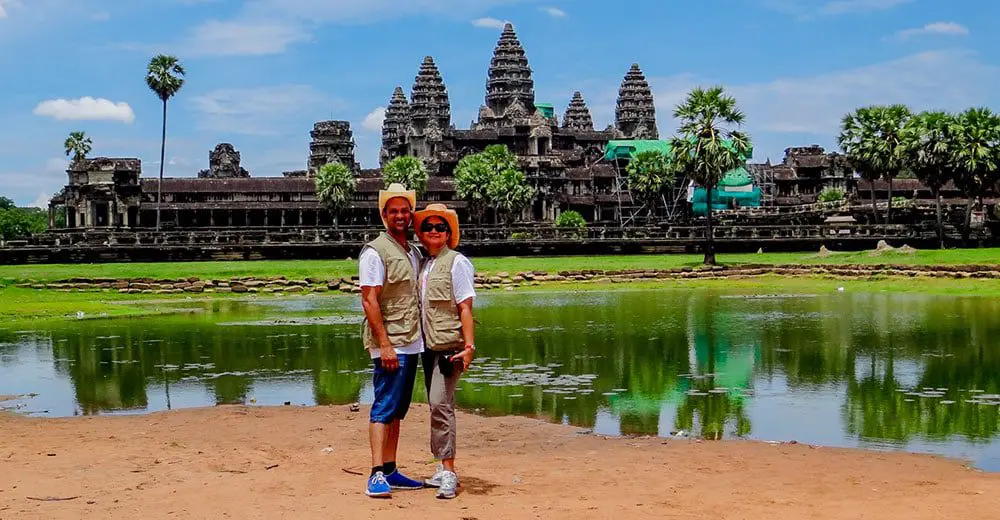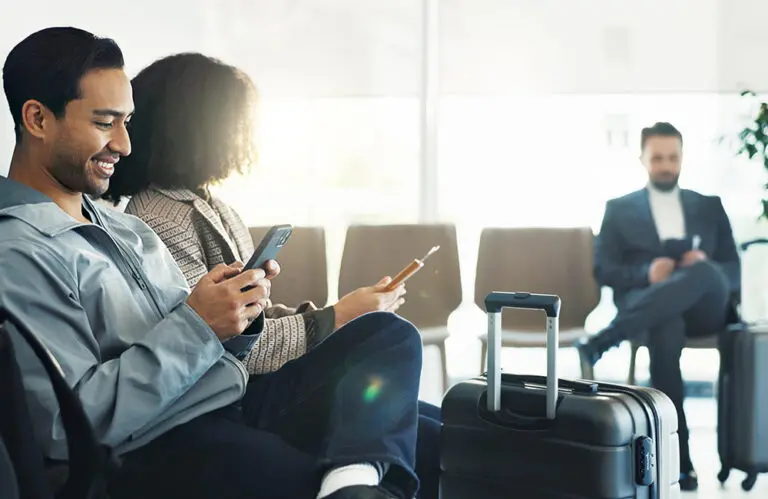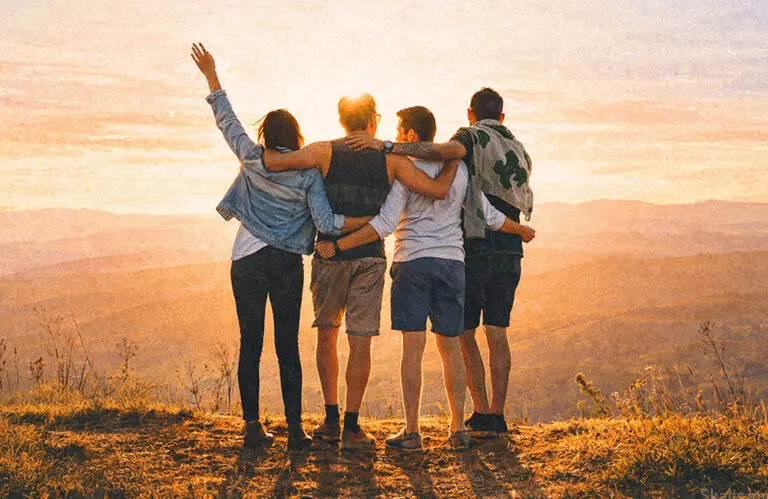For the most part, travelling is an absolute joy. But it’s not all smiles and warm and fuzzy feelings. Take, for example, when you’re requested to pay way more than a local to enter an attraction…
This form of discrimination can strike Western travellers as totally unfair and we’re just not used to it.
For example, here in Australia, we don’t charge a higher price to tourists that come to snorkel in our Great Barrier Reef. We don’t charge more for them to visit Uluru either. And we don’t charge one price for Aussies and another for foreigners who want to climb the Sydney Harbour Bridge – although we could…
Our tourism industry is egalitarian, and we expect the same when we travel.
Of course, most of us also realise that we’re actually pretty lucky to live and work in Australia. We enjoy a high standard of living and we’re paid relatively high wages compared to most other countries. So we can definitely afford to pay more than a local, and often we do anyway – when taking a taxi or tuk tuk, when buying stuff at a market, etc.
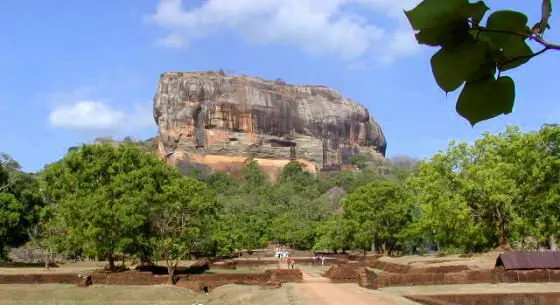
In Sri Lanka, locals are charged 20c to visit Sigiriya, whilst tourists are charged $35. Source: goatsontheroad.com
But any form of institutionalised discrimination just doesn’t sit well with us. We want to support the country we’re travelling in – especially if it is a developing country – but we don’t like to be treated differently just because of where we come from.
So why have some countries implemented a two-tier pricing model at some of the key sites and attractions?
Basically is comes down to the maintenance of the attraction – foreigners are asked to pay an amount necessary to ensure the upkeep of the attraction for generations to come. The reason that this amount is higher than what locals pay is that locals have already paid for the upkeep of the site through their taxes.
Another argument is that foreign visitors are not just charged an amount necessary to maintain the site, but charged more to help develop it further and sustain the local communities that surround the site. Some of this money may even be plugged back into the pockets of the government. Locals would then only be charged a nominal fee (or nothing at all) simply because they’re citizens of that country.
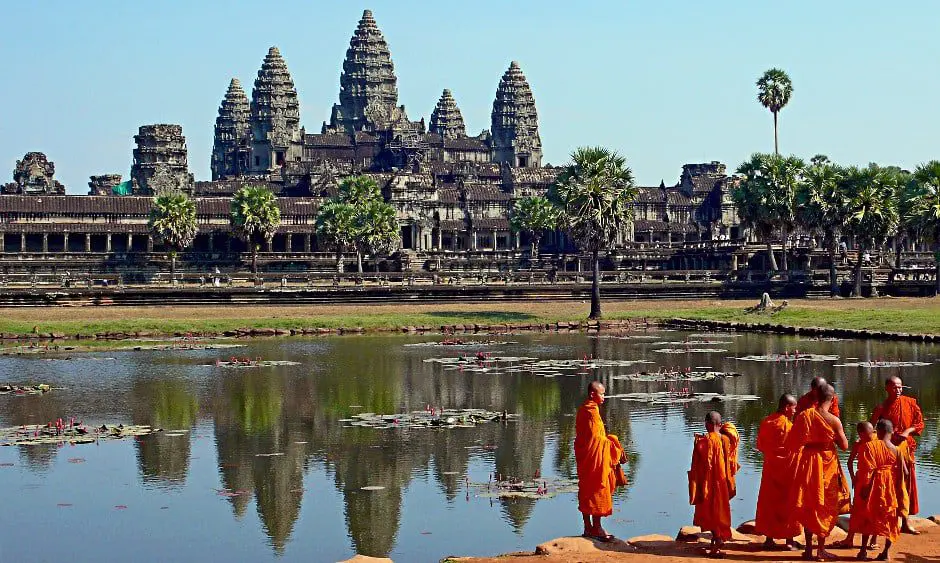
Some sites have a religious significance for locals, and therefore they shouldn’t be charged high prices because they may want to visit the site regularly. Source: travelwireasia.com
In either case, I don’t see anything wrong with the practice of charging more to tourists, assuming the money is fed into the local economy and not into the personal pockets of a handful of individuals.
If we’re serious about travelling to change the world, then this is something we need to support. Charging tourists more than locals is plainly unfair – no doubt about it. But it’s also plainly unfair that we, as Australians or Kiwis or Americans, were born in countries that occupy privileged positions in the world economy.
Personally, I think of tourism as a mechanism for redistributing the wealth of the world anyway. For example, as an Aussie, I work, I save up my money, and then I go spend it all in another country, purchasing goods and services that inject cash into the country’s economy and support the locals that live there.
Being charged more because I am a tourist and can afford to pay more is just another way I can support a country. And that’s totally fine by me.
But what do you think?
KarryOn is proud to support this wonderful story as another fine fantastic example of our 2017 ‘Travel to change the world’ initiative. You can help by sharing this story to raise awareness and using the hashtag #traveltochangetheworld when you see a great example of good will or sustainable initiatives in travel.


